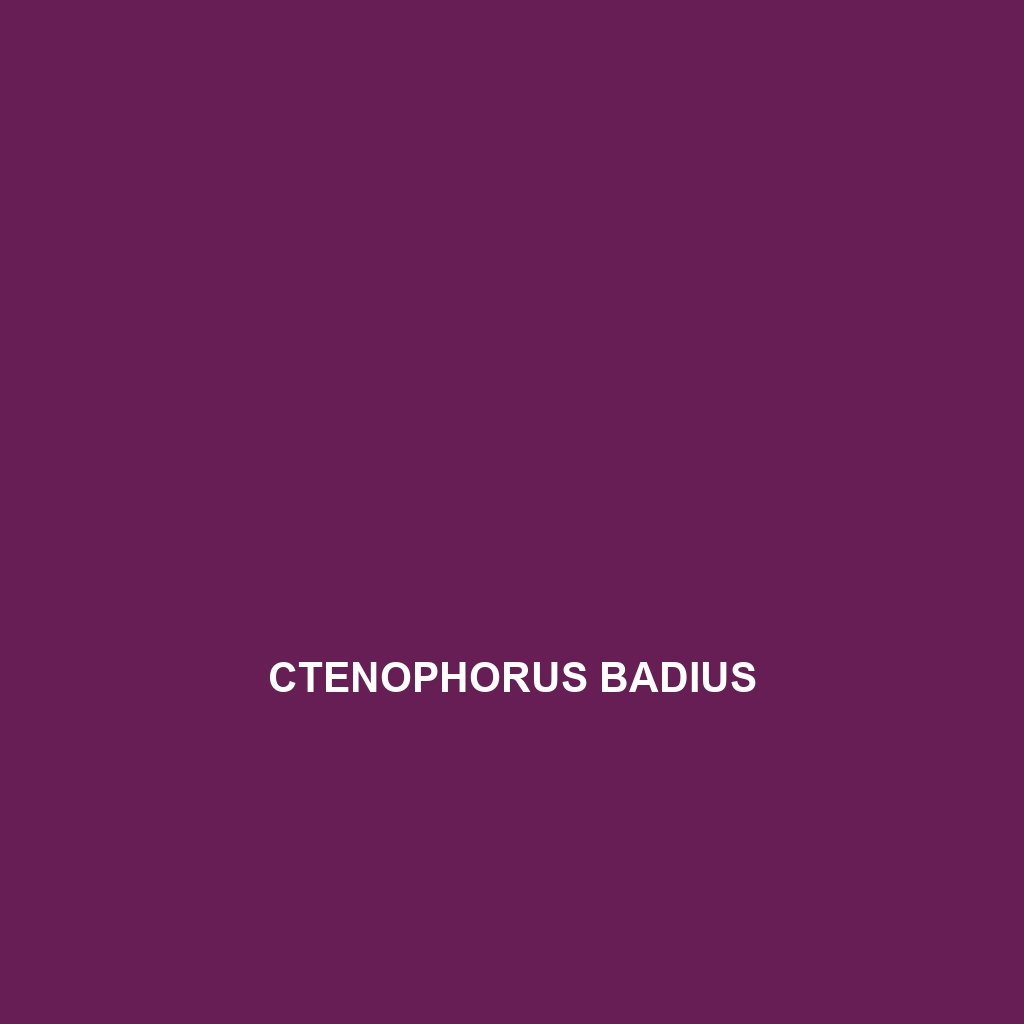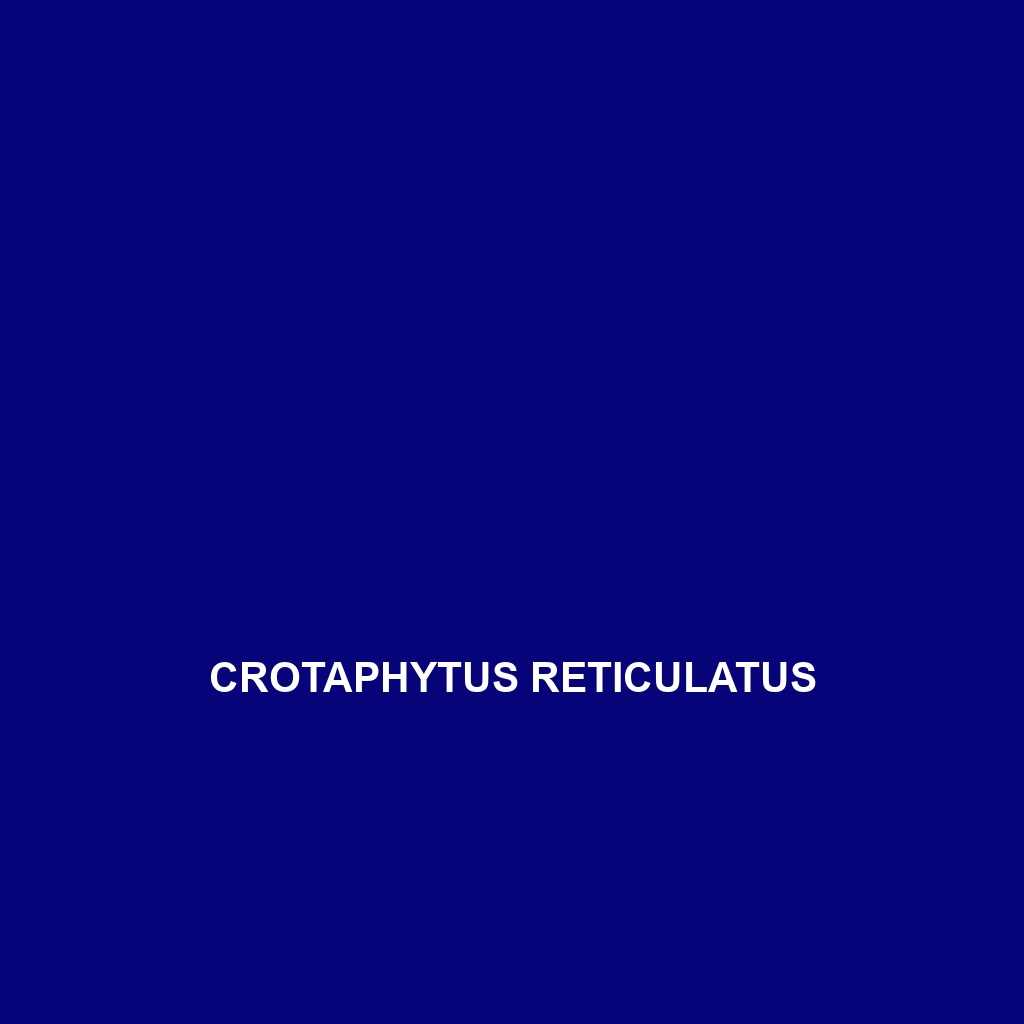Discover the Modest Ctenophorus (Ctenophorus modestus), a fascinating lizard native to Australia's arid regions, recognized for its sandy brown to gray coloration, active diurnal behavior, and role in controlling insect populations. This agile species thrives in woodlands and scrublands, showcasing unique territorial displays and seasonal reproduction.</p>
Tag: reproduction in lizards
Ctenophorus adelaidensis
Discover the Adelaide dragon, or Ctenophorus adelaidensis, a vibrant lizard native to the arid regions of southern Australia, recognized for its distinctive color changes and crucial role in pest control. These diurnal creatures thrive in sandy, open habitats and exhibit captivating courtship displays during their breeding season.
Cryptoblepharus richardsi
The Cryptoblepharus richardsi, or Richard's Cryptoblepharus, is a small lizard native to the coastal regions of the southwestern Pacific Ocean, characterized by its elongated body, smooth scales, and keen eyesight. Thriving on rocky shorelines and coral reefs, this diurnal species plays a crucial role in its ecosystem by regulating insect populations and serving as prey for larger animals.</p>
Crotaphytus reticulatus
The Crotaphytus reticulatus, or reticulated lizard, is a vibrant species found in arid regions of the southwestern U.S. and northern Mexico, known for its distinctive coloration, diurnal behavior, and diet primarily consisting of insects. It plays a crucial role in its ecosystem by controlling insect populations and serving as prey for larger predators.
Cnemidophorus splendidus
Cnemidophorus splendidus: An In-Depth Species Description Common Name: Cnemidophorus splendidus Scientific Name: Cnemidophorus splendidus Habitat Cnemidophorus splendidus, commonly known as the splendid whiptail lizard, primarily inhabits the sandy and semi-arid regions of the southwestern United States, particularly in areas such as California and Arizona. This lizard prefers open, dry habitats such as deserts, scrublands, and […]
Cnemidophorus duellmani
Cnemidophorus duellmani, or Duellman's Sand Lizard, thrives in arid Central American regions, showcasing a medium size of 15 to 25 cm with distinct tan or brown hues and dark stripes. This diurnal insectivore plays a vital role in its ecosystem by regulating insect populations while also facing threats from habitat loss, leading to its vulnerable status.
Cnemidophorus cryptus
Discover the Cnemidophorus cryptus, or cryptic whiptail, a fascinating lizard found in arid regions of the southwestern U.S. and northern Mexico, known for its striking camouflage, daytime activity, and unique parthenogenetic reproduction. This agile predator plays a vital role in its ecosystem, enriching biodiversity by controlling insect populations and serving as prey for larger animals.
Aspidoscelis hyperythrus
Discover the Aspidoscelis hyperythrus, or western whiptail lizard, a striking species known for its slender body, iridescent scales, and agility. This diurnal lizard thrives in the southeastern US and northern Mexico, primarily inhabiting sandy, arid environments, and plays a vital role in controlling insect populations while serving as prey for larger predators.
Aspidoscelis angusticeps
<div class="woocommerce-product-details__short-description"> <p>The <i>Aspidoscelis angusticeps</i>, commonly known as the slender whiptail, is a diurnal lizard found in arid regions of the southwestern United States, characterized by its slender body, elongated head, and a diet primarily consisting of insects. This species exhibits unique reproductive traits, including the ability to reproduce through parthenogenesis, and plays an important role in controlling insect populations in its ecosystem.</p> </div>
Anolis sierramaestrae
Discover the unique Anolis sierramaestrae, a vibrant green and brown lizard native to the Sierra Maestra mountains of Cuba, known for its agile climbing abilities and distinctive territorial behavior. This vulnerable species thrives in humid tropical forests, primarily feeding on insects while playing a crucial role in its ecosystem.









